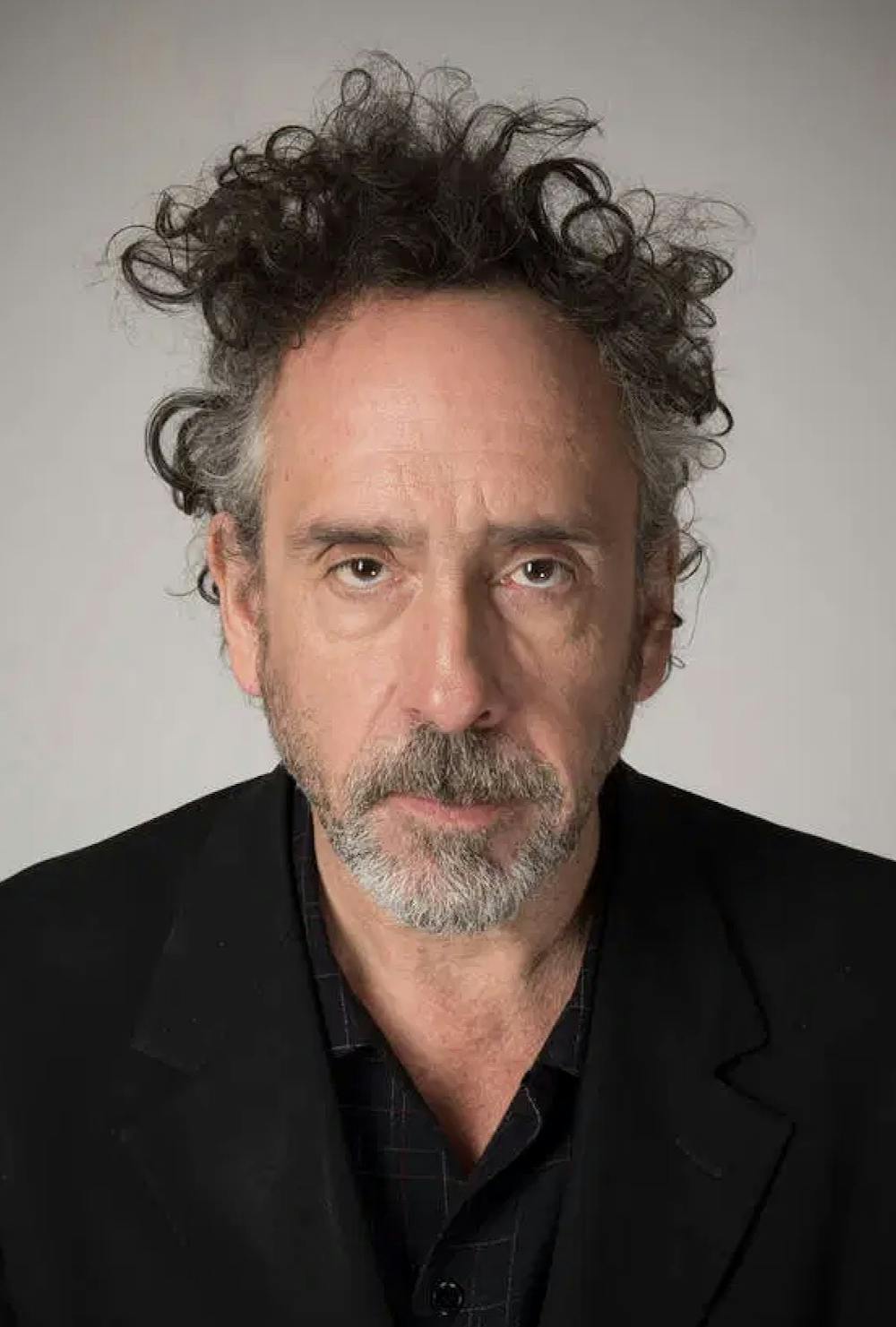A chill in the air and pumpkin cream cold brew on the menu at Starbucks mean that it’s the perfect time to binge-watch spooky movies. However, you should think twice this fall about putting a Tim Burton film with questionable representation into your queue.
Of the 26 feature-length films that Burton has either directed or produced, only four of them have Black actors in supporting roles, and only one has a Black actor in a leading role — Samuel L. Jackson as the villain in “Miss Peregrine’s Home for Extraordinary Children.”
Burton made headlines back in 2016 when the film was released after his interview with the women’s magazine Bustle. Burton was asked about the notable lack of diversity in his films, with the casting of Jackson as the evil Mr. Barron alongside an otherwise all-white cast being the exception.
“Nowadays, people are talking about (diversity in film) more,” Burton said. “Things either call for things, or they don’t.”
The internet immediately latched onto this snippet and responded in a series of scathing calls that pointed out the racist implications of what he had said.
“If you make a film which doesn't ‘call for’ anyone other than white people to be on screen, then that is a film explicitly about whiteness,” Twitter user Imran Siddiquee wrote. “But if your film then has no critique of that whiteness — just celebrates this fantasy of an all-white world — then that's white (supremacy).”
Seven of his 26 features are at least partially, if not fully, filmed with CGI (computer-generated imagery) or stop-motion animation. Even in these films with no actors seen on screen, the catalog of voice actors is mostly white. Ken Page, who voiced the devious Oogie Boogie in the 1993 film “The Nightmare Before Christmas” and Deep Roy, who voiced General Bonesapart in 2005’s “Corpse Bride” are a couple of the slim number of exceptions.
Including Oogie Boogie, when Black men play characters in Burton’s films, they are almost always relegated to the role of an antagonist. Billy Dee Williams played one of Batman’s many enemies, Harvey Dent (aka Two-Face), in the 1989 film “Batman” and Michael Clarke Duncan played the murderous ape Colonel Attar in the 2001 remake of “Planet of the Apes.”
In fact, Anthony Mackie is the only Black man to play a positive supporting role in a Tim Burton film as Will Johnson in the 2012 film “Abraham Lincoln: Vampire Hunter.” This is notably one of the aforementioned films where Burton was only a producer and not the director.
Burton’s problem with diversity in his films extends beyond anti-Blackness and a general lack of representation. His 2005 film “Charlie and the Chocolate Factory” and his 2012 film “Frankenweenie” are prime examples of the other issues he faces.
Most children are familiar with Oompa Loompas, since they first appeared in the 1964 novel “Charlie and the Chocolate Factory” and the 1971 film “Willy Wonka & the Chocolate Factory.” However, Burton cast Roy, a Kenyan-British actor with Indian parents, as all of the Oompa Loompas in the 2005 movie — the only subservient characters in the film. There’s no mistaking hundreds of CGI copies of Roy piloting a boat full of white people down a chocolate river for what it is.
In “Frankenweenie,” the issue is with the character of Toshiaki, who is a Japanese student that is not only the villain of the film but is made into a caricature through a cartoonishly heavy accent and at least one “Godzilla” joke made at his expense.
Get content from The Daily Lobo delivered to your inbox
When I first watched this film, I was taken aback by how Toshiaki’s character faced the same degree of stereotypical portrayals of Asian characters, such as the infamous depictions of Indians eating monkey brains and being sadistic child-kidnapping cult leaders in the 1984 film “Indiana Jones and the Temple of Doom,” which predates “Frankenweenie” by 28 years.
This fall, instead of supporting Tim Burton, a man whose white-washed repertoire speaks for itself, watch one of the many horror films made by Black, Indigenous and people of color that are arguably even better. Nia DaCosta’s rendition of “Candyman” or James Wan’s most recent film “Malignant” would make excellent spooky season viewing options.
Shelby Kleinhans is the multimedia editor at the Daily Lobo. She can be contacted at multimedia@dailylobo.com or on Twitter @BirdsNotReal99






